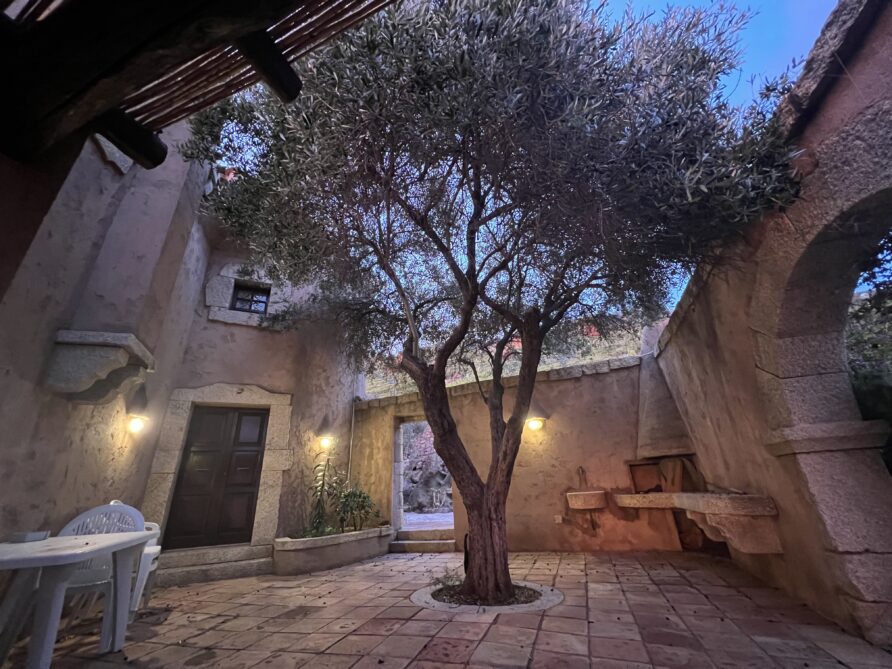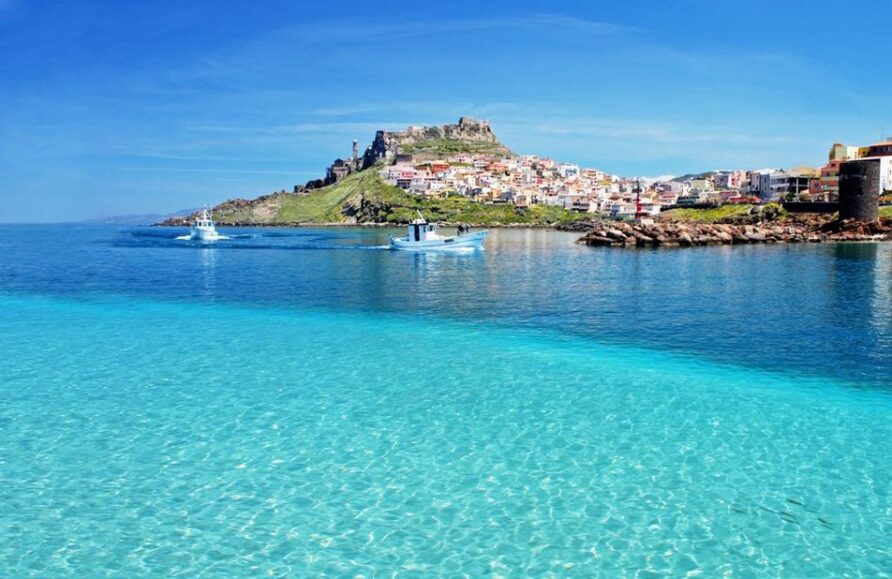North Sardinia is rich in traditions, customs, and festivals that reflect the island’s unique cultural heritage. Here are some local traditions you might encounter in this region are:
- Sardinian Language and Music: Sardinia has its own distinct language, Sardo, which varies slightly from region to region. In the north, you might hear variations such as Gallurese and Logudorese. Traditional Sardinian music, characterized by haunting polyphonic singing and the use of traditional instruments like the launeddas (a type of woodwind instrument), is also an integral part of local culture.
- Festivals and Religious Celebrations: Throughout the year, various festivals and religious celebrations take place in towns and villages across North Sardinia. These events often include processions, traditional music and dance performances, and elaborate feasts. One example is the Feast of San Simplicio, celebrated in Olbia with religious processions, street performances, and fireworks.
- Shepherding Traditions: Sardinia has a long history of shepherding, and this tradition is still alive in the north of the island. You might see shepherds tending to their flocks of sheep or goats in the countryside, and traditional sheepdog trials, known as “Ardia di San Costantino,” are held in various villages, showcasing the skill of both the shepherds and their dogs.
- Craftsmanship: Sardinia is known for its traditional crafts, including weaving, pottery, and knife-making. In the north, you might visit workshops where artisans create beautiful textiles, ceramics, and knives using age-old techniques passed down through generations.
- Cuisine and Wine: Sardinian cuisine is hearty and flavorful, with an emphasis on local ingredients such as lamb, pork, seafood, and wild herbs. In the north, you might sample dishes like “porceddu” (roast suckling pig), “malloreddus” (Sardinian gnocchi), and “pane carasau” (thin, crisp flatbread). Sardinia is also known for its excellent wines, including Vermentino and Cannonau, which pair perfectly with the island’s cuisine.
- Traditional Dress: While traditional Sardinian dress is not as commonly worn in daily life today, you may still see locals donning traditional attire during festivals and special occasions. Women might wear colorful embroidered dresses known as “faldas” or “giponeddas,” while men might wear dark trousers, a white shirt, and a vest or jacket adorned with intricate embroidery.
These are just a few examples of the rich tapestry of traditions that characterize North Sardinia, offering visitors a glimpse into the island’s vibrant cultural heritage.

